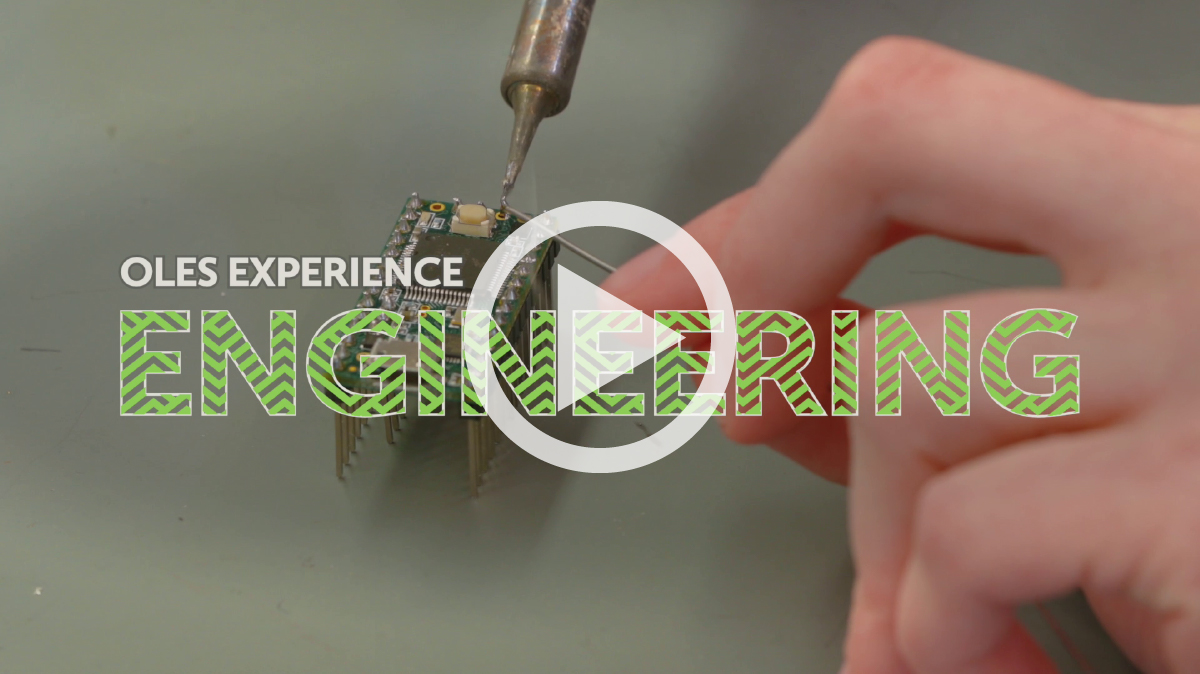Studying engineering at a liberal arts institution provides perspective on the development of technological innovations, not in isolation, but situated in a global context that requires an appreciation for human needs.
OLES CREATE THEIR OWN PATH
This concentration will serve interested students well, and moreover will serve to create a sense of community and identity among the pre-Engineering cohorts. We hope that this concentration will also make becoming an Engineer through St. Olaf a more inclusive process by presenting multiple available paths.
Program Requirements
About Regents Hall for Natural Sciences
Regents Hall combines flexible and technology-rich teaching spaces with shared laboratories to promote cross-disciplinary dialogue.
A Green Building ►
A Green Building ▼
- Designed and constructed with a goal of obtaining the U.S. Green Building Council’s LEED (Leadership in Energy and Environmental Design) Platinum certification.
- LEED emphasizes state-of-the-art strategies for sustainable site development, water savings, energy efficiency, materials selection and indoor environmental quality.
Designed for Interdisciplinary Studies ►
Designed for Interdisciplinary Studies ▼
- Encourages interaction among the science disciplines by intermixing formal and informal gathering spaces, student study spaces and offices throughout the facility.
- Classrooms, labs and offices are all arranged according to purpose instead of departmental affiliation, meaning that many of the teaching and research spaces can be shared between fields.
Key Features ►
Key Features ▼
- The building’s center features a beautiful glass atrium with views out in three directions. A number of informal gathering spaces extend learning beyond the classroom and laboratory.
- The building has a greenhouse, an accessible green roof, and a science library.
- Provides flexible-seating classrooms, tiered lecture rooms, and integrated/shared teaching and research spaces, while consolidating the disciplines of biology, chemistry, physics, psychology and mathematics.
- The design incorporates specialized spaces for anatomy/neuro-anatomy and animal facilities, and laboratories for optics, computational physics, physiology, genetics, microbiology/immunology, synthetic and analytical chemistry and biochemistry.









You must be logged in to post a comment.